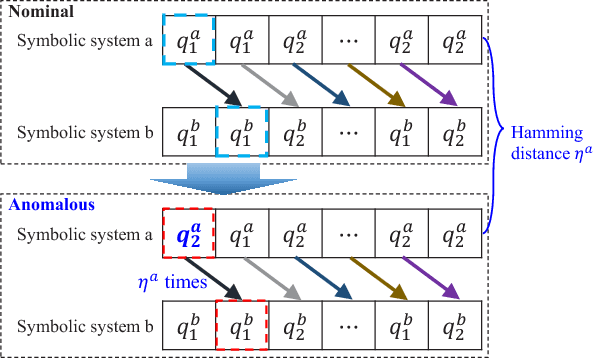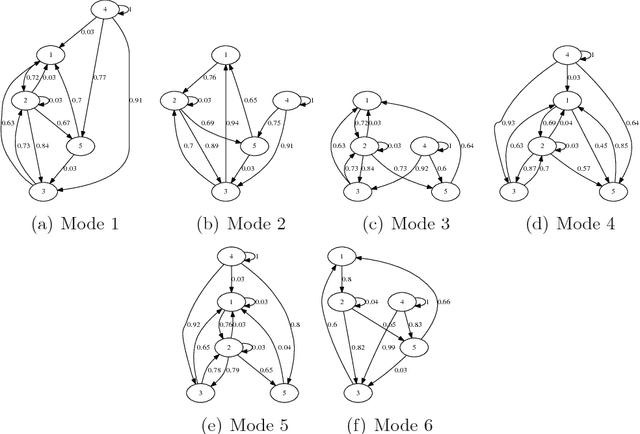Root-cause Analysis for Time-series Anomalies via Spatiotemporal Graphical Modeling in Distributed Complex Systems
Paper and Code
May 31, 2018



Performance monitoring, anomaly detection, and root-cause analysis in complex cyber-physical systems (CPSs) are often highly intractable due to widely diverse operational modes, disparate data types, and complex fault propagation mechanisms. This paper presents a new data-driven framework for root-cause analysis, based on a spatiotemporal graphical modeling approach built on the concept of symbolic dynamics for discovering and representing causal interactions among sub-systems of complex CPSs. We formulate the root-cause analysis problem as a minimization problem via the proposed inference based metric and present two approximate approaches for root-cause analysis, namely the sequential state switching ($S^3$, based on free energy concept of a restricted Boltzmann machine, RBM) and artificial anomaly association ($A^3$, a classification framework using deep neural networks, DNN). Synthetic data from cases with failed pattern(s) and anomalous node(s) are simulated to validate the proposed approaches. Real dataset based on Tennessee Eastman process (TEP) is also used for comparison with other approaches. The results show that: (1) $S^3$ and $A^3$ approaches can obtain high accuracy in root-cause analysis under both pattern-based and node-based fault scenarios, in addition to successfully handling multiple nominal operating modes, (2) the proposed tool-chain is shown to be scalable while maintaining high accuracy, and (3) the proposed framework is robust and adaptive in different fault conditions and performs better in comparison with the state-of-the-art methods.
 Add to Chrome
Add to Chrome Add to Firefox
Add to Firefox Add to Edge
Add to Edge